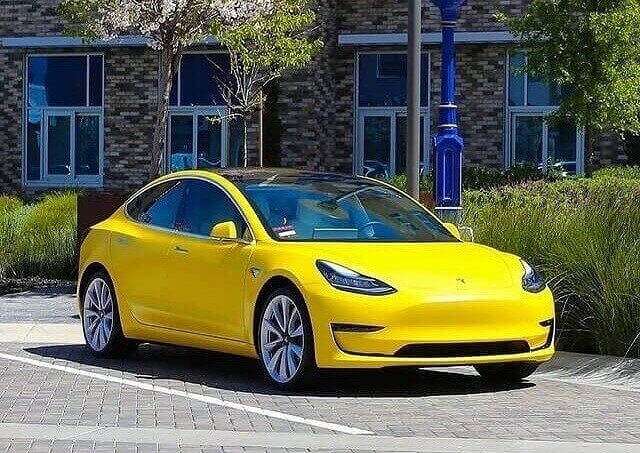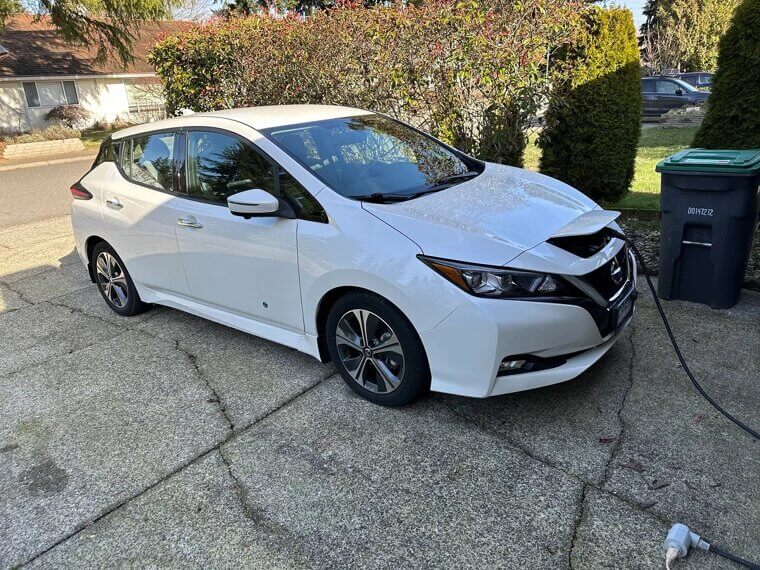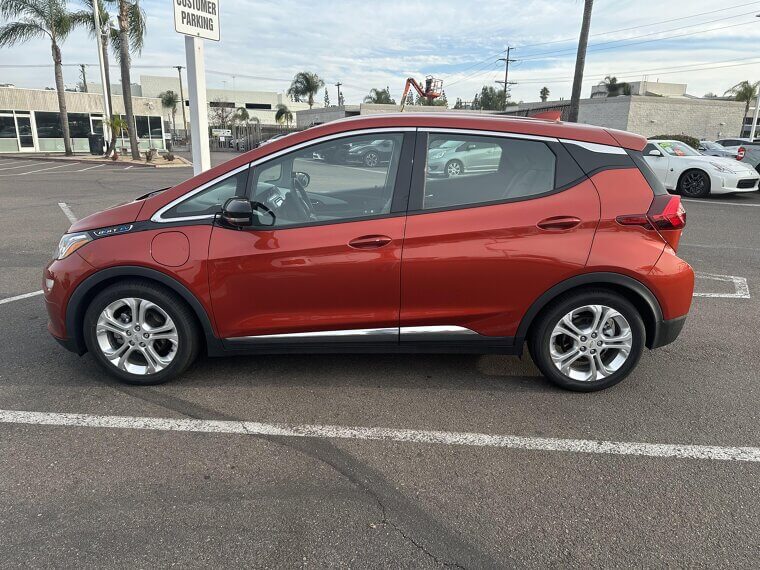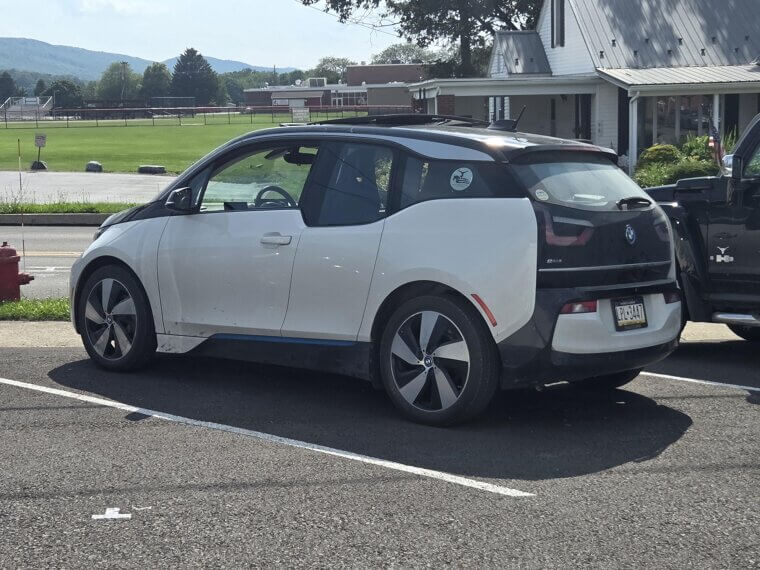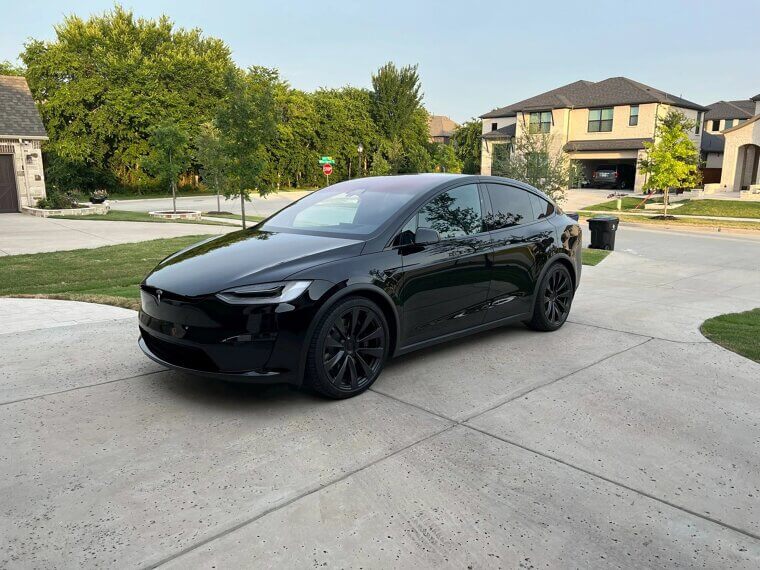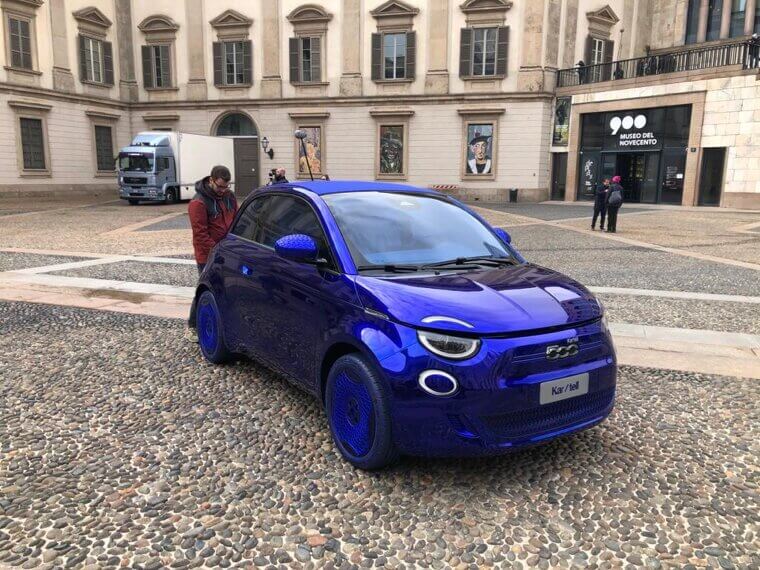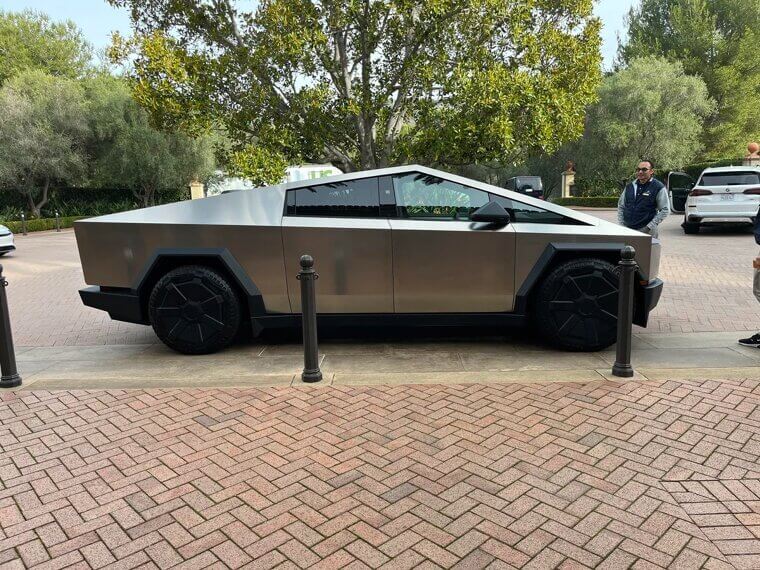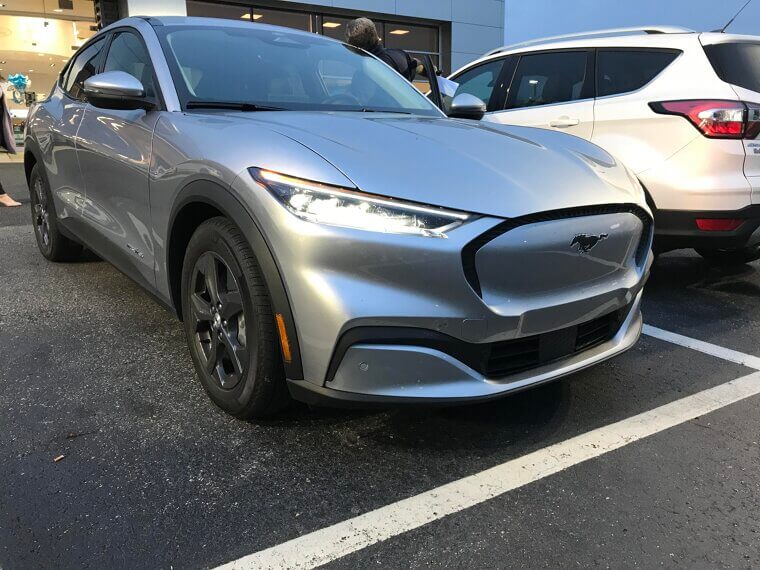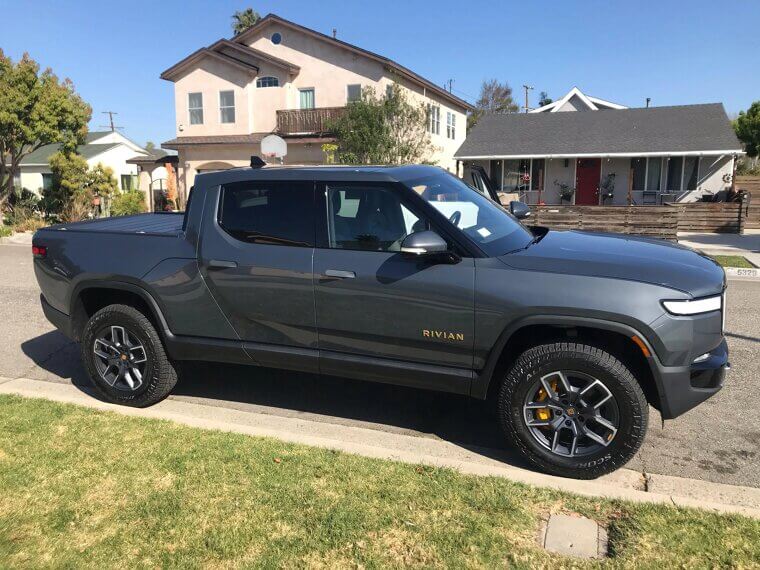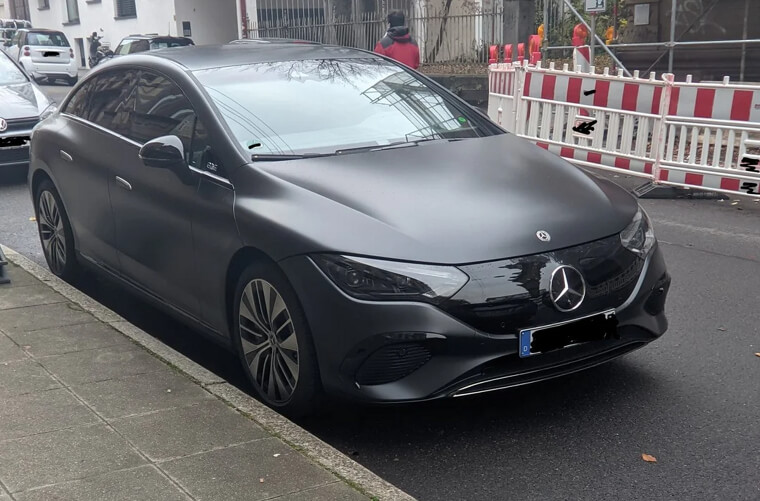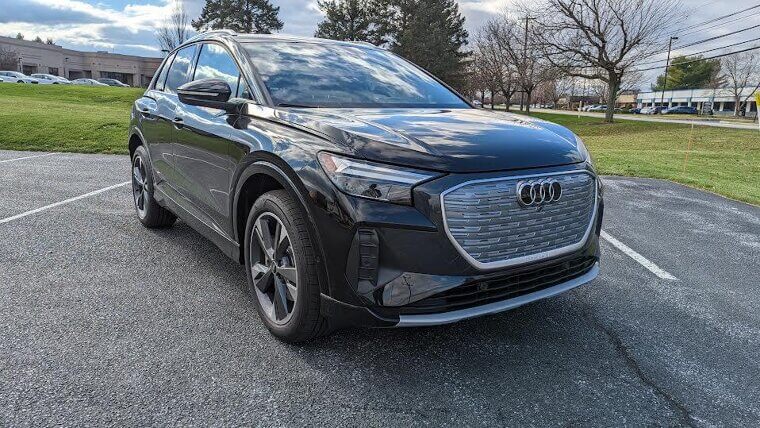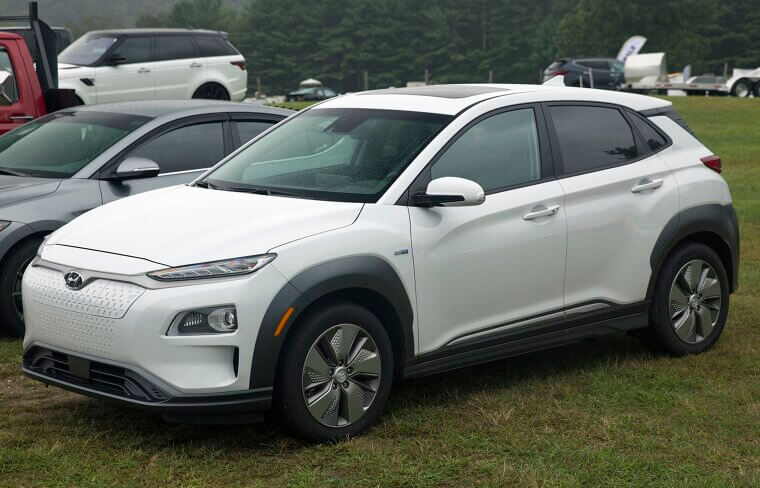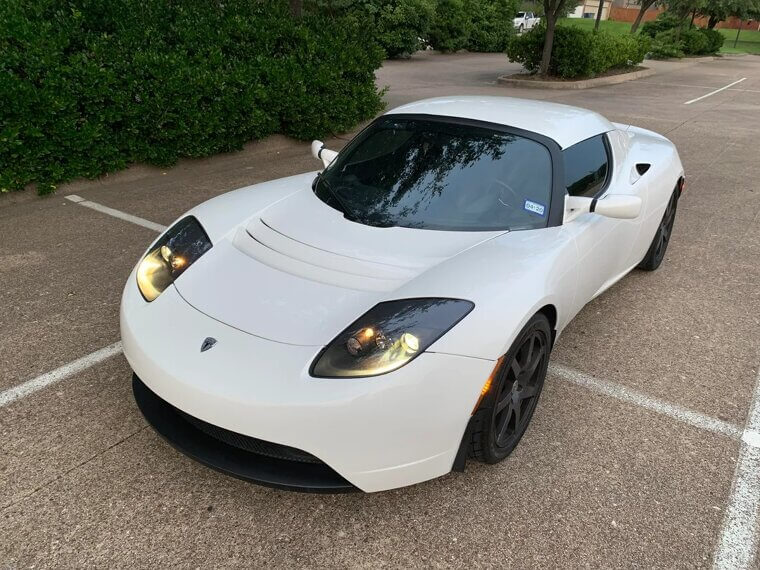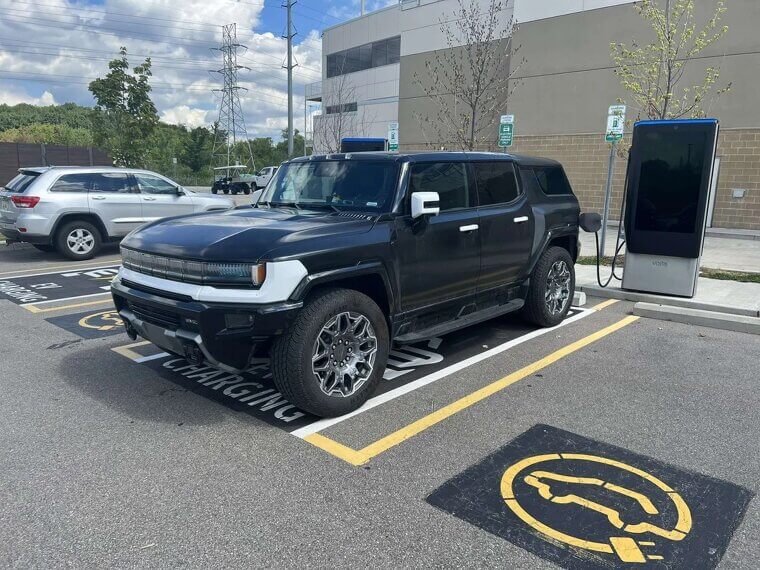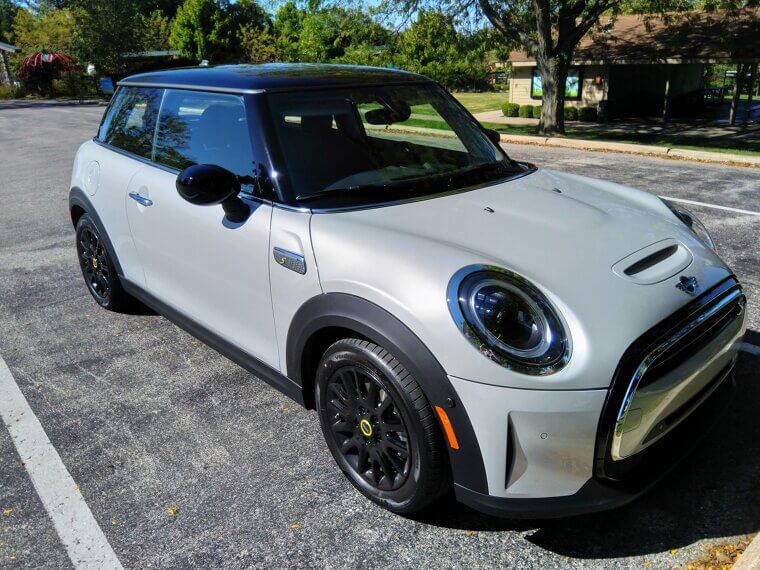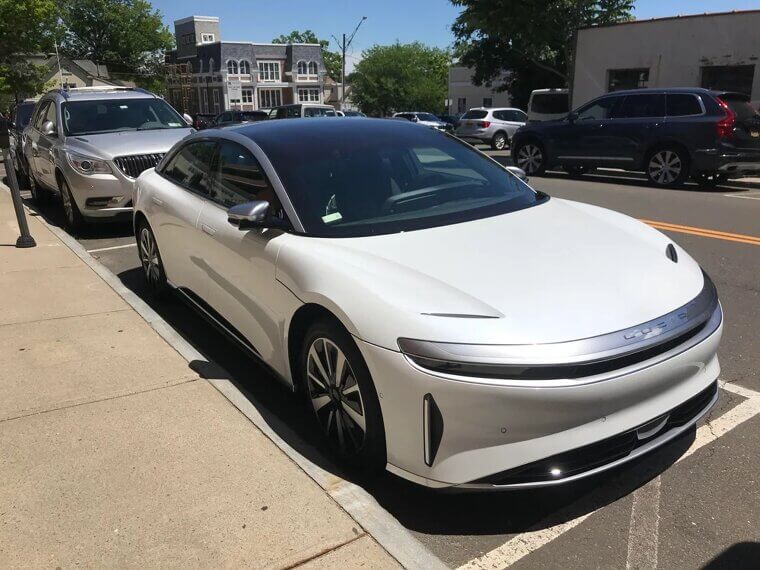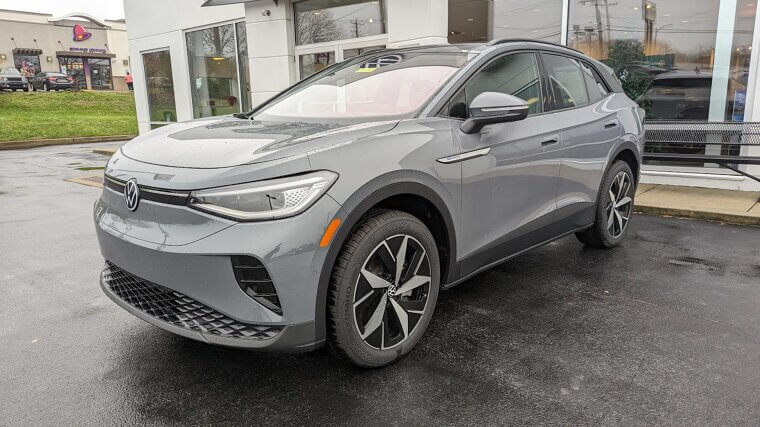These EVs May Be Popular but They Failing Big Time Already
Electric cars were supposed to change everything. They were supposed to save the planet, save gas money, and maybe even make us cooler. But not every EV is killing it. Some are too expensive, some can’t hold a charge, and others just don’t live up to the hype. We made a list of some popular EVs that are already flopping. Keep reading!
Nissan Leaf
The Leaf was an early EV pioneer, but now, its short range, slow charging, and low resale value mean it’s gradually flopping. It still drives, but honestly, compared to newer EVs, it feels like a relic of yesterday instead of the ride of tomorrow.
Chevy Bolt EV
The Bolt was affordable and practical until the battery fires started. Chevy had to recall thousands, and the hit to their reputation was pretty bad. This EV has range, but good luck convincing buyers that it will not burn down their garage.
BMW I3
BMW assumed the i3 would be futuristic. Instead, it looked like a sneaker on wheels. It didn’t have much range, and the styling didn’t help much either. Ultimately, nobody wants to pay BMW money for a glorified golf cart.
Tesla Model X
Those flashy falcon doors were supposed to wow us, but they broke constantly and turned loading groceries into some sort of circus act. Add quality control complaints and a price tag equal to your second mortgage, and it’s no wonder this EV is already failing.
Fiat 500e
Fiat marketed the 500e primarily as a compliance vehicle, and it shows. It’s cute for zipping around town, but at highway speeds, it feels like a hamster running on fumes.
Tesla Cybertruck
The Cybertruck made a splash in the headlines, but production delays, quality issues, and quirky styling are making buyers reconsider. People wanted Blade Runner; however, what they got feels more like an unfinished beta test.
Ford Mustang Mach-E
Ford put the Mustang badge on an EV SUV, and purists still haven’t forgiven them. It’s not a bad car, but sales are slipping due to high prices, software glitches, and supply headaches.
Jaguar I-PACE
The I-PACE was Jaguar’s mega electric bet. Even though it’s attractive, it has some software hiccups and a lower range than its competition. Reliability issues killed the buzz, and it’s now just a showroom dust collector.
Rivian R1T
Rivian's R1T was hyped as the EV for adventure-seekers. But it hit some bumps in the road very quickly with production delays, delivery delays, and sticker shock. Buyers love the idea, but not the wait or the sticker shock.
Tesla Model 3 (Standard Range)
The Model 3 was billed as a vehicle for the masses. However, the least-expensive versions were discontinued, and only expensive trims remain. The panel gaps and touchscreen oddities have early adopters complaining already. It's still a popular car, but it’s already disappointing many.
Mercedes-Benz EQC
The EQC was Mercedes' big EV debut, and it fell flat. Its limited range, boring design, and over $65K all made sure it stood little chance in the U.S. Buyers wanted luxury cutting-edge technology, but got an overpriced EV that blended into the background.
Audi E-Tron (original)
Audi hurried the e-tron into production, and it showed. Being heavy and inefficient, with a disappointing range, it basically felt like an experiment. Luxury buyers were unimpressed, especially as Tesla and Porsche were offering flashier, faster offerings.
Hyundai Kona Electric
The Kona Electric looked great in theory. However, it was plagued with major battery recalls, supply shortages, and uneven charging support. What seemed like a potential sales success turned out to be a cautionary tale. Hyundai had the opportunity to make a splash, but the lack of reliability sent many buyers running.
Tesla Roadster (original)
Although it launched the EV craze, the first Roadster now looks more like a concept than a dream car. With extremely low production numbers, uncertain reliability, and exorbitant repair bills, it is now only of interest to serious collectors.
Polestar 2
The Polestar 2 has a decent range and a Google-based infotainment system. And that’s it. Priced too high and marketed too quietly, it failed to catch fire. Buyers hear “Polestar” and think “north star,” not “premium EV”.
Honda Clarity Electric
The Clarity was Honda's half-hearted EV attempt with a range of 89 miles. Instead of giving buyers innovation, Honda gave them a compliance car that few people wanted. The name “Clarity” is ironic because what Honda was thinking is unclear.
GMC Hummer EV
GMC made a Hummer EV that’s big and flashy. But with delays in production, issues with software, and a price tag north of $100,000, it’s basically a six-figure flex for mall parking lots.
Mini Cooper SE
Mini went electric, and it was underwhelming. The SE is adorable, but the range is so small that it feels less like a car and more like a toy. It is fun to drive in the city, but for over $30,000, you expect more than a golf cart with racing stripes.
Lucid Air
Lucid was meant to be the Tesla killer; instead, it's killing wallets. It has a great range and luxury features, but its over $100K price keeps it niche. Production delays and reliability complaints are also keeping buyers on the fence.
Volkswagen ID. 4
VW’s big EV comeback car got off to a rocky start. Software glitches, slow charging, and dull performance kept it from being the people’s EV. While buyers expected VW reliability, they got something closer to beta testing.

